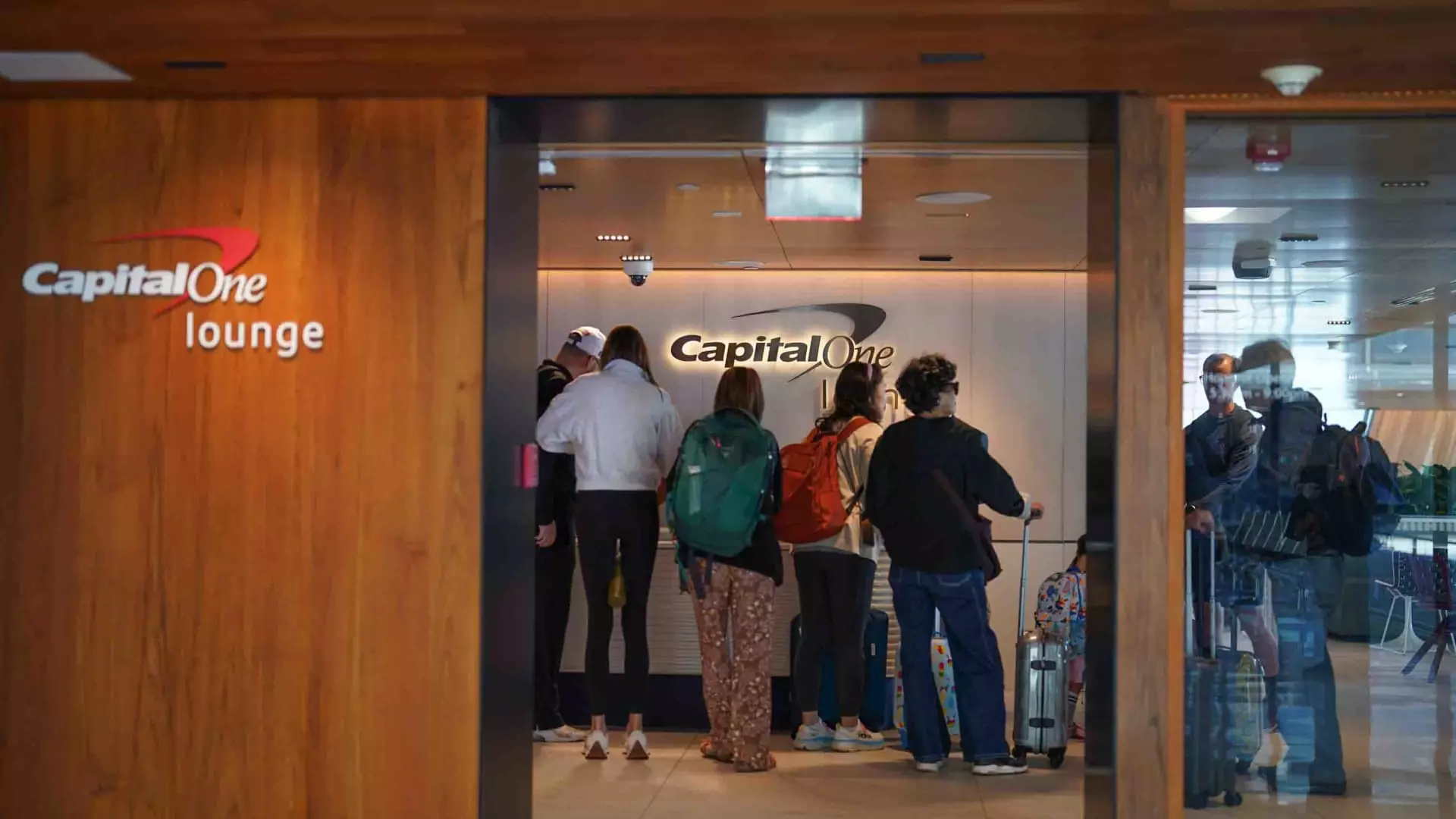As travel trends shift and airplane tickets become more affordable, the comfort and sanctuary of airport lounges are becoming increasingly exclusive—at a cost. Capital One has led the charge in redefining access to its lounges, responding to the swelling numbers of travelers eager for a moment of respite in bustling airports. Effective February 1, 2024, those holding Capital One’s Venture X and Venture X Business cards will find that their privileges come at a price. Gone is the era of casual guest access; the new restrictions redefine who gets in, and for how much.
It’s a telling sign in this post-pandemic world where the allure of travel continues to captivate many. As more people venture out, airport infrastructure, including lounge spaces, struggles to accommodate the surge. Indeed, Capital One’s move—a response to overwhelming occupancy in their lounges—highlights a larger industry trend: lounges are no longer a mere bonus but have become a coveted domain that companies want to curate carefully.
Rising Costs: A Double-Edged Sword
While travelers rejoice over the reduction of airfare, the growing fees linked to lounge access reveal a puzzling contradiction. Cardholders must now consider the additional $125 annual fee for bringing a guest—an expense that could quickly accumulate, particularly for families wanting to travel together. With charges of $45 for each adult guest and $25 for minors, the splurging lifestyle associated with rewards cards begins to appear less appealing.
The need for these changes reflects a broader industry shift away from unlimited luxury to a more sustainable, albeit restrictive, approach. As Henry Harteveldt, founder of Atmosphere Research Group, aptly notes, lounges have become victims of their own success. While they were initially designed to provide a transient escape from the chaos of airport terminals, they now face the challenge of managing a rapid expansion in demand without degrading the quality of the experience.
Shifting the Paradigm: Who Gets In?
Under the new regulations, primary cardholders need to significantly increase their spending to enjoy the previous benefits of complimentary access. The staggering requirement of spending $75,000 in a calendar year just to bring a couple of guests along appears outrageous. This requirement echoes what American Express has implemented, indicating a market-wide shift towards prioritizing exclusivity over inclusion. Notably, it seems that credit card companies are willing to sacrifice broader access in favor of maintaining a more intimate and high-quality lounge experience.
Capital One, positioning itself as a challenger brand, has expanded its lounge network, yet its reactive measures suggest an air of vulnerability. With plans to open lounges in key airports like JFK, the stakes are high for them to maintain a premium experience while navigating the delicate equilibrium of popularity and accessibility.
The Competitive Landscape of Lounge Access
As lounges become a focal point for premium travel card offerings, established players like American Express and JPMorgan Chase also adjust their lounge strategies. American Express, for example, charges an eye-watering $695 annually for its Platinum Card, which includes access to a range of luxurious lounges, while Chase follows suit with similar offerings at a relatively lower price point.
All these companies are competing for the same clientele, escalating the desirability of their premium cards. More significantly though, they are locked in a delicate dance of customer retention. Airlines like Delta have also revised their lounge access regulations to combat overcrowding, switching from unlimited visits to annual caps while unveiling exclusive lounges for premium customers. This trend reflects a broader acknowledgment within the industry: luxury will always attract crowds, but overcrowded spaces diminish the very essence of luxury.
A New Era of Travel Experience
The field of airport lounges is transforming, and so is the experience of air travel. As clubs become more exclusive, they are also setting a precedent for a future where accessibility could very well depend on how much one spends—a reflection of a society that increasingly equates experience with expenditure. The transformative phase of airport lounge access is a bellwether for the travel industry, indicating not just how lounges are perceived but also how they will function amid an ever-changing travel landscape. It seems that in the pursuit of comfort and class, travelers may need to weigh their choices more thoughtfully than ever before.


Leave a Reply